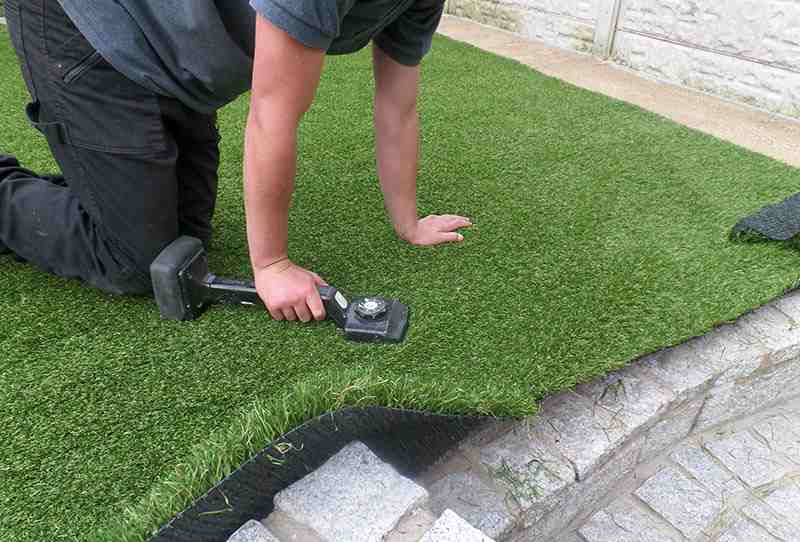Regular cleaning is essential for keeping your artificial grass looking pristine. However, improper cleaning techniques or using the wrong methods can end up damaging the grass blades, base layers, or infill material over time, shortening the life of your turf. This comprehensive guide shares insider tips from experienced landscapers on mistakes to steer clear of when cleaning synthetic turf.
Key Mistakes Homeowners Make When Cleaning Artificial Grass
Using Excessive Water Pressure:
Avoid using strong blasts of water from pressure washers. The abrasive action damages grass fibers and compacts infill. Opt for moderate pressure from the garden hose instead.
Harsh Chemicals and Cleaners :
Commercial cleaners and disinfectants often contain chemicals that bleach or discolor synthetic grass. Mild, non-toxic eco-friendly cleaners are safer alternatives.
Scrubbing Aggressively with Stiff Brushes :
Scrubb using a stiff brushes but avoid being to vigorous as you might tear or fray artificial grass blades through friction.
Letting Infill Material Wash Away:
When rinsing, avoid angling the hose such that infill granules between grass blades get washed off. This leads to depression. If washed out top up the infill.
Allowing Pet Waste and Debris Buildup:
Not promptly picking up solid pet waste or allowing fallen leaves/dirt to accumulate leads to stubborn stains and drainage issues.
Using Abrasive Powders and Bleach :
Cleaning agents like scouring powders, bleach, ammonia, etc. damage the grass yarn and fade color over repeated use.
Neglecting Rinsing :
After using any cleansing solutions, rinsing off completely with water is a must. Residues left behind lead to discoloration.
Ignoring Manufacturer’s Care Instructions:
Always refer to the artificial turf brand’s guidelines on recommended cleaning methods and solutions for your specific product.
Professional Tips to Clean Synthetic Turf Safely
- Remove dry debris using a hard broom before washing
- Use only mild, non-toxic eco-friendly cleaners approved for artificial grass
- Opt for a stiff bristle brush. Pre-soak the area before gently scrubbing.
- Rinse off completely ensuring no suds or solution residue remains on the blades
- Spot treat stains and animal waste accidents promptly
- Allow turf to dry fully before use after washing
- Deep clean annually to revitalize and remove any moss or algae buildup
- Replenish infill if gaps appear after rinsing
- Take care around seams and edges
Conclusion
By avoiding common mistakes and using recommended techniques, you can safely clean and care for your synthetic turf without any damage. Expert input goes a long way in maintaining the quality and longevity of this valuable investment in your landscape.





